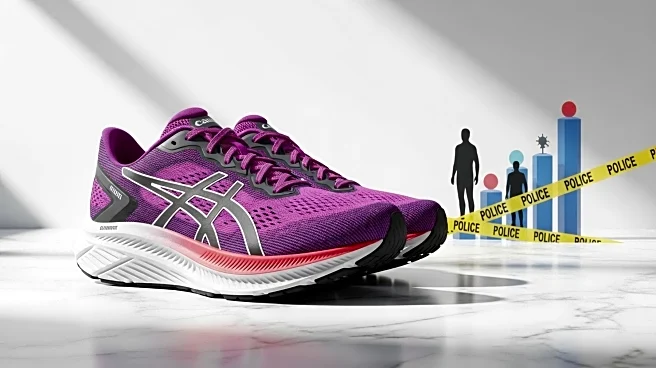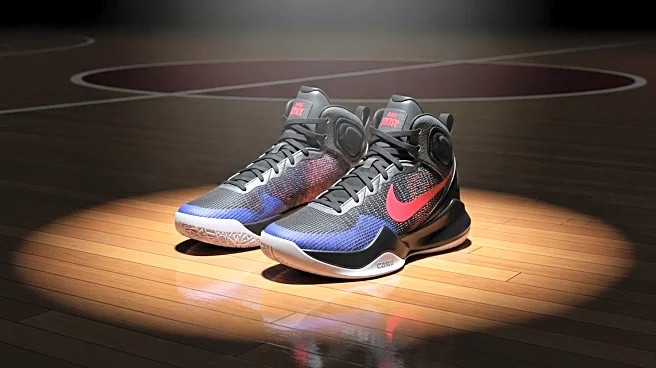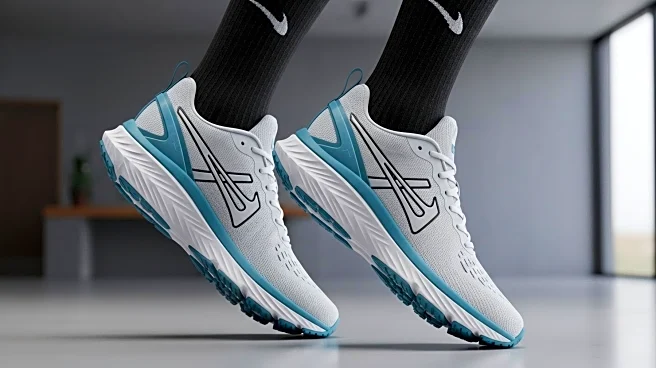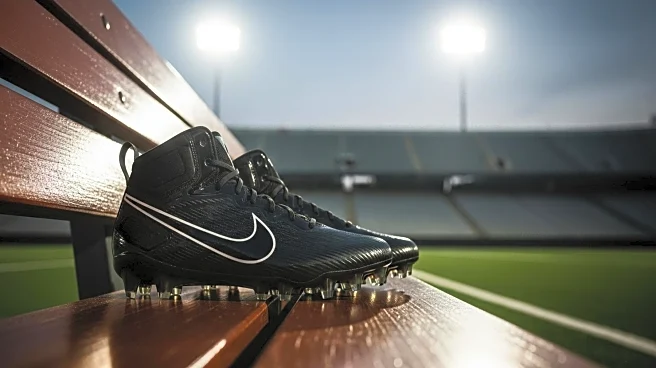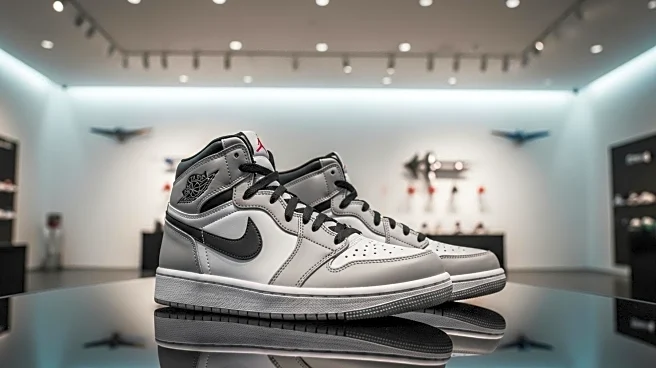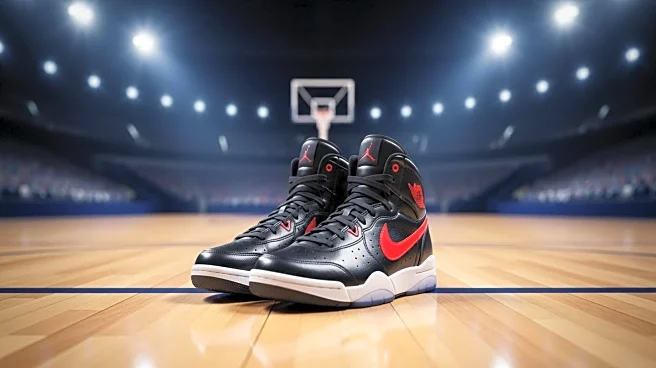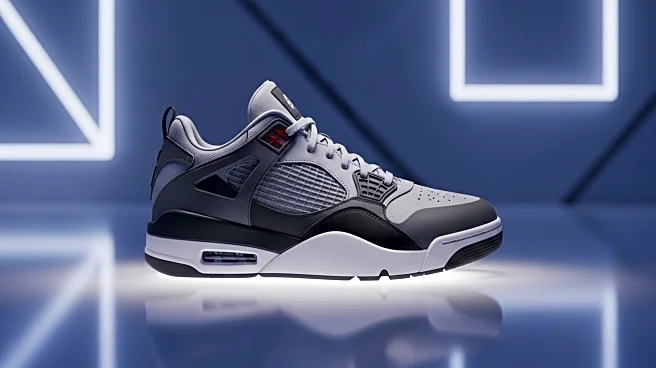What is the story about?
What's Happening?
Nike has reported a one percent increase in revenue for the quarter ending August 31, reaching $11.7 billion. This marks the first quarterly revenue gain for the company since 2024, surpassing analyst expectations. The growth was primarily driven by wholesale sales, although the company faced challenges with declining margins due to tariffs and heavy discounts. CEO Elliot Hill emphasized the company's renewed focus on sport categories, which has led to double-digit revenue increases in areas like Nike running. However, classic footwear styles such as the Air Force 1 and Air Jordan 1 have seen a decline, prompting Nike to adjust its inventory strategy. Despite these gains, Nike's digital sales and retail store sales have decreased, and its Converse brand continues to struggle with a 27 percent revenue decline.
Why It's Important?
Nike's recent revenue increase is significant as it indicates a potential turnaround for the company after several weak quarters. The strategic shift towards focusing on sport categories and rebuilding wholesale relationships appears to be paying off, as evidenced by the revenue growth. However, the decline in digital and retail store sales highlights ongoing challenges in adapting to changing consumer behaviors. The company's ability to balance its focus between performance and lifestyle products will be crucial for sustained growth. Additionally, the struggles of the Converse brand and the impact of tariffs remain areas of concern that could affect Nike's overall performance.
What's Next?
Nike plans to continue its focus on sport categories, leveraging its team of athlete ambassadors to develop specialized products. The company is also working to stabilize its classic footwear inventory and improve its digital sales performance. Efforts to revitalize the Converse brand are underway, with new product launches aimed at reestablishing its presence in the performance basketball market. As Nike navigates these changes, the company's ability to manage tariff costs and adapt to consumer preferences will be critical in maintaining its competitive edge.
Beyond the Headlines
Nike's strategic shift reflects broader trends in the sportswear industry, where companies are increasingly focusing on performance and innovation to capture consumer interest. The decline in classic footwear sales suggests a shift in consumer preferences towards more specialized and performance-oriented products. Additionally, the challenges faced by the Converse brand highlight the difficulties legacy brands encounter in staying relevant in a rapidly changing market. Nike's efforts to rebuild its wholesale relationships also underscore the importance of balancing direct-to-consumer and wholesale strategies in the retail sector.
AI Generated Content
Do you find this article useful?
